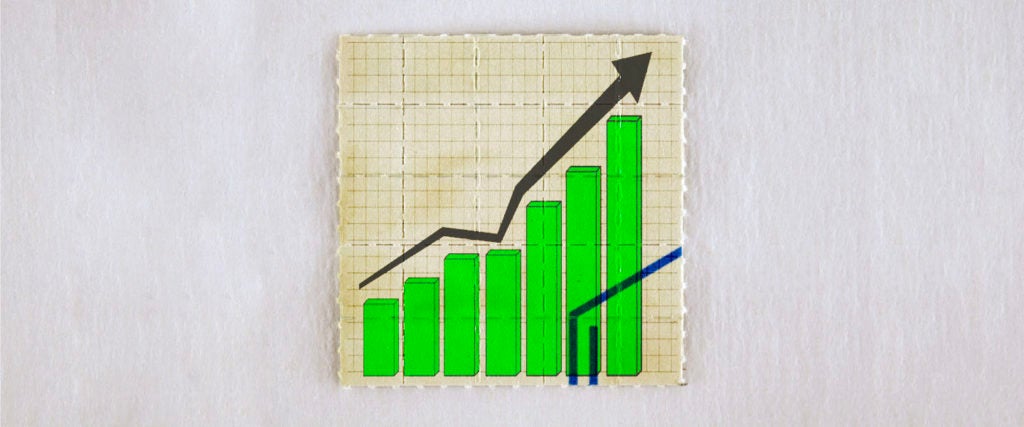Like a ripple that turns to a wave when ocean surges meet reef, the psychedelic renaissance has gone from fringe interest to the Next Big Thing in the pharmaceutical world over the past 25 years. And luckily for a swath of early investors, the wave crested in 2020, showering them with triple and even quadruple the money they proffered up front.
Those returns have made companies like Mind Medicine, Compass Pathways, Numinus Wellness and HAVN Life Sciences into psychedelic stock darlings. The hype and the dollars are accelerating psychedelic research and development of drugs like MDMA, LSD, ketamine and psilocybin mushrooms, as companies elbow their way to unique findings and cutting-edge formulations. Legislators are taking note, too, with a number of states considering legalizing clinical access to psychedelic treatments in the wake of Oregon’s groundbreaking 2020 law.
So far, so good — but as with everything involving stonks, there are illusions at play. The swell in investment is real, fueled by a pandemic lockdown that turned the public’s attention to mental health and the need for treatment options, says Dillon Newman, co-founder of Psychedelic Invest, where he tracks the growing psychedelics market. But the boom has the silhouette of a bubble in some ways, Newman tells me. “It’s not unlike the hype around legal cannabis, which went through some major falls, or even Gamestop stock,” he adds.
So what the heck is going on?
On one hand, psychedelic stocks are more legit than ever, with more companies joining the investment fray, called to the siren song of hypercapitalists like Kevin O’Leary and Peter Thiel. But Newman points out that basically none of these companies have any revenue, and are indeed spending the tens of millions needed to launch federally approved research and, with any luck, actual clinical trials. “If you’re willing to invest in companies that are more like bio-pharma companies that undertake a lot of R&D and they’re more binary, as in they’re going to win or lose based on that research, then psychedelic stock is a good space,” he says. “But right now, it’s a riskier bet, even though the market is killing it.”
The risk is made more complex by the number of companies that are simply pivoting from cannabis, blockchain, Bitcoin mining, cannabis tech or “another hyped-up trend,” trying to whip up a business model for psychedelic products without investing heavily into R&D. (“Will these companies be a success or a failure? I can’t tell you, but I can say they’re not actually doing anything to develop the drugs,” Newman notes.)
Meanwhile, even the big names that are pouring resources into developing clinical compounds could potentially run into dead-ends. Such is the nature of a nascent field with bullish interest — a circumstance that renowned psychedelics researcher David Nichols tells me is a “new paradigm” for psychiatry and medicine. “There is money to be made, and with early investment, probably a lot. How to select the survivors is more the question,” he muses. “It seems that many investors are just throwing money at a company without really doing enough due diligence. There is a lot of new intellectual property being filed, and not all of it will be granted patents. These new companies are throwing lots of things against the wall to see what sticks.”
There is no foolproof way to take advantage of the rush — anyone who lost money on their overexcited Gamestop stock buys knows this well — but a little research can go a long way when it comes to finding companies that seem poised to survive. Newman suggests a diversified approach, such as splitting $1,000 into 10 different companies: “If you just double down on the winners and let the failures fall, it’s not a bad way to start,” he says.
Then again, there are other options to buying stock, too. The Multidisciplinary Association for Psychedelic Studies, founded by pioneering MDMA advocate Rick Doblin, has been pushing since 1986 for the use of psychedelics in mental health research and treatment. For MAPS and other nonprofits like it, the “Shroom Boom” is a double-edged sword; there’s more money in the field than ever before, but the expectation for a pretty profit has never been higher.
It’s likely that private, for-profit companies and nonprofits will live side-by-side in a future where psychedelic drugs are used for clinical treatments, notes Betty Aldworth, director of communications at MAPS. The current challenge, however, is ensuring that the psychedelic renaissance will create fair and affordable access for all who need treatments — something that’s part of the mission statement at an organization like MAPS, she says.
“There is a strong drive to see a return on investment, and we normally measure that in dollars. But we have a different mandate than a for-profit company. We have a mandate to focus on healing outcomes, rather than making money for shareholders,” Aldworth explains. “It’s a different kind of investment.”
The market around psychedelic stock is ripe for newcomers, and the memeable nature of Molly and Co. make it especially attractive to a generation of investors raised on Reddit. Meanwhile, the hype just keeps adding fuel to the debate of who, exactly, these new drug companies stand to benefit the most.

